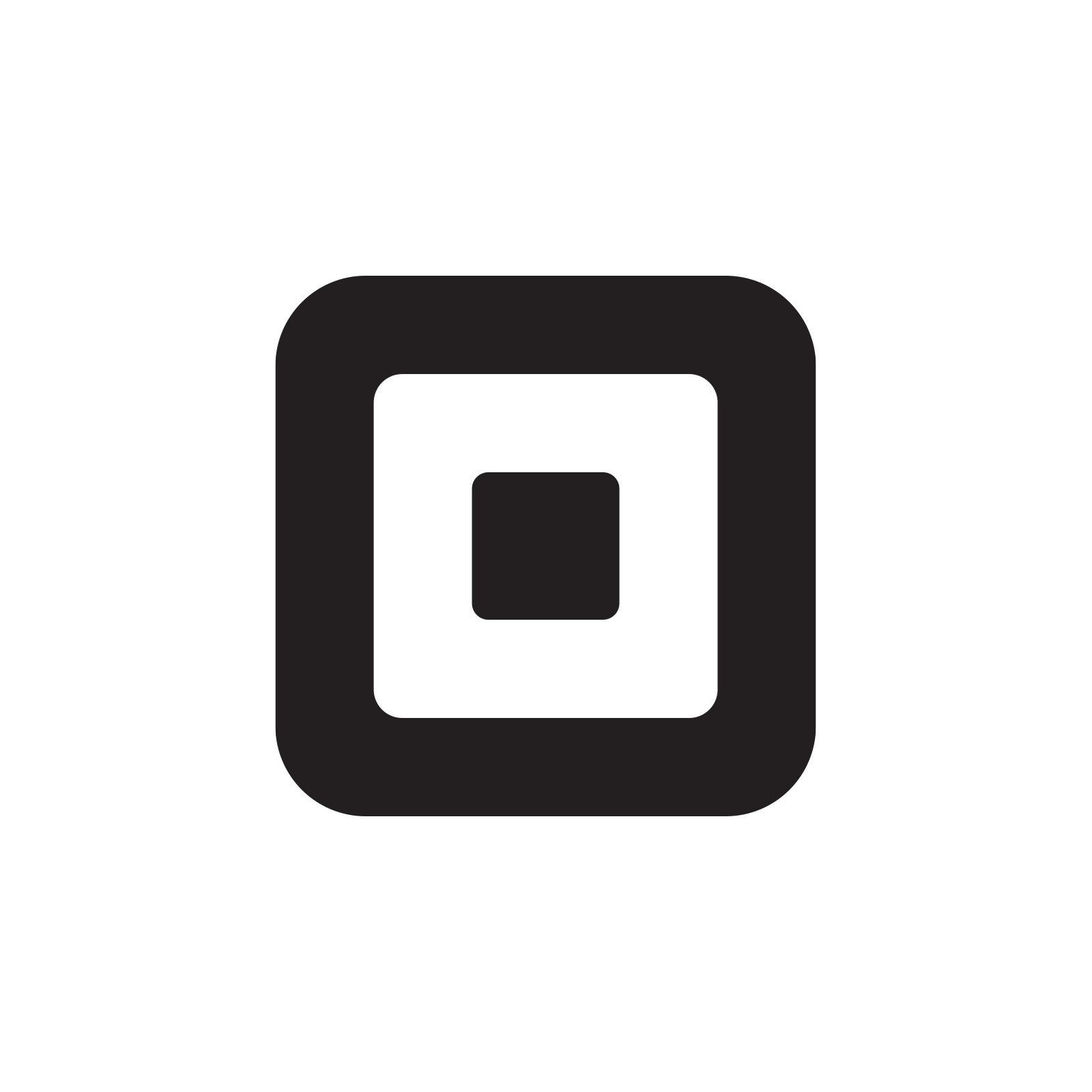I Transformed My House After My Divorce And Started A $40K/Month Interior Design Business
Hello! Who are you and what business did you start?
I’m Rebecca West, interior designer and founder of Seriously Happy Homes based in Seattle, Washington. We reduce the overwhelm for homeowners going through a remodel by helping them make confident decisions as they navigate through the million and one choices that come with creating a happy home.

We have two kinds of signature services: One is a single-session service where we’ll answer any design question someone has for their remodel or redesign project so they can move forward with confidence.
People ask us everything from what size light to get for their dining room, to what color to paint their house, to how to layout their new kitchen cabinets. This comes in both an in-person version (a “Quick Action Session”) and a virtual option (a “Design Helpline”).
The other service, “The Works,” is for folks who need us to help them create...

Download the report and join our email newsletter packed with business ideas and money-making opportunities, backed by real-life case studies.

Download the report and join our email newsletter packed with business ideas and money-making opportunities, backed by real-life case studies.

Download the report and join our email newsletter packed with business ideas and money-making opportunities, backed by real-life case studies.

Download the report and join our email newsletter packed with business ideas and money-making opportunities, backed by real-life case studies.

Download the report and join our email newsletter packed with business ideas and money-making opportunities, backed by real-life case studies.

Download the report and join our email newsletter packed with business ideas and money-making opportunities, backed by real-life case studies.

Download the report and join our email newsletter packed with business ideas and money-making opportunities, backed by real-life case studies.

Download the report and join our email newsletter packed with business ideas and money-making opportunities, backed by real-life case studies.





































